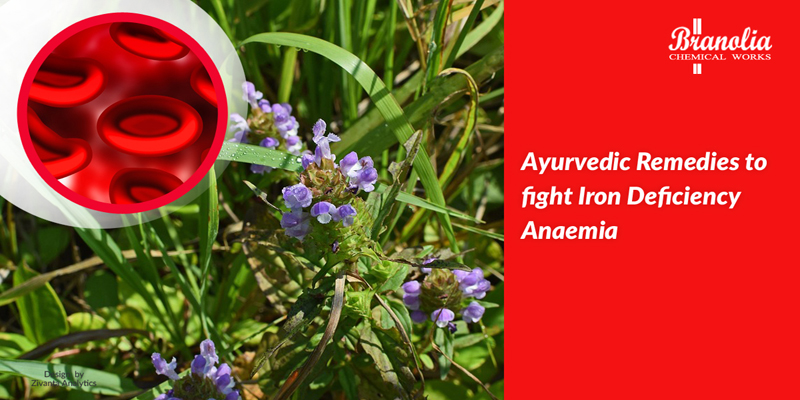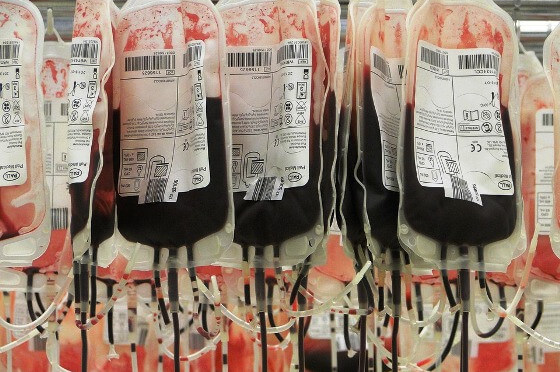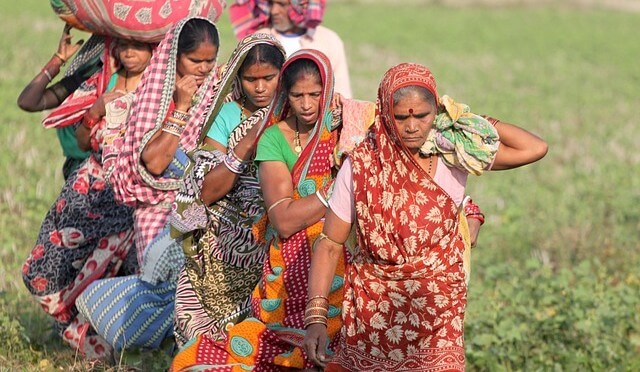
The constant exhaustion, dull skin and weary look on the face may not always indicate that the body is lacking rest. These are some of the typical symptoms exhibited by an anaemic person. Anaemia is a condition in which the haemoglobin count in the body falls as a result of which, the transportation of oxygen throughout the body gets hampered. However, there are several types of anaemia occurring due to the early destruction of red blood cells or occurring due to the structural defect of red blood cells. Iron deficiency anaemia is one of the most common illnesses prevailing because of the nutritional deficiencies in one’s diet.
In developing countries like India, anaemia has emerged as one of the grave health issues that grapple people of different age groups, especially children, adolescent girls and pregnant women.
Ayurveda happens to be the most simple and appropriate option to relieve people of diverse age groups from anaemia. Ayurveda divulges certain age-old practices that will help to restore the haemoglobin levels in our body.
Few of These Practices are Described Below:
Consumption of food from iron utensils:
It provides an upper hand to those who consume food from iron utensils. The food absorbs iron from the utensils that help to augment the haemoglobin level in the body.
Involving Anjeer milk in the diet:
The common fig also known as anjeer, is rich in iron. It is often suggested to consume milk, boiled with anjeer and cardamom before going to bed. This is one of the significant Ayurvedic treatments for anaemia.
Inclusion of Green leafy vegetables like Spinach and coloured fruits and vegetables like pomegranate and beetroot in the diet:
Spinach is a rich source of Vitamin A, Vitamin B9, iron and beta carotene. Pomegranates contain Vitamin C and iron. Vitamin C helps in iron absorption and facilitates proper blood circulation.
Appropriate Yoga postures to avoid anaemia:
There are specific yoga postures (asana) like uttanapadasanam, yastikasana and breathing exercises (pranayama) like Sivananda pranayama that helps in improving haemoglobin count in the body, thus reducing the risk of anaemia.
Certain herbs like Kulekhara, Nagkesar and Aswagandha are effective Ayurvedic medicines for anaemia as well.
Branolia’s Kulerron is one such Ayurvedic medicine for anaemia, manufactured by Branolia Chemical Works that contains the goodness of Kulekhara, Nagkesar and Aswagandha. This tonic tackles iron deficiency anaemia(IDA).
Some of the herbs that are important Ayurvedic medicines for anaemia are:
Kulekhara
(Hygrophila Spinosa T) grows in moist areas like the banks of paddy fields and ditches. This plant is rich in phytoconstituents like phytosterols, minerals, polyphenols and proanthocyanins. The extracts of the Kulekhara roots help in the rapid increase of the RBC and WBC count.
Branolia Chemical Works utilizes the Kulekhara herb in the formulation of Branolia’s Kulerron which is an excellent Ayurvedic medicine for anaemia. This tonic is the perfect antidote to fight iron deficiency.
Ashwagandha
This herb (Withania Somnifera) is also known as the winter cherry. Ashwagandha is a well-known natural rejuvenator as it relieves stress and anxiety. The roots of this herb are used as a diuretic, stimulant and they are anti-parasitic. Aswagandha acts as a potential herb for increasing the number of RBCs and WBCs. This proves to be beneficial against anaemia.
Aswagandha is present in Branolia’s Kulerron, which is an Ayurvedic medicine for anaemia aimed at restoring the haemoglobin levels in the body.
Nagkesar
This tree (Mesua ferrea) is known as the Steel Wood tree because it has the hardest bark amongst all the trees in the world. This evergreen tree grows in the tropical regions of India. Nagkesar contains sitosterol, fatty acids, and mensuol. Nagkesar can solely suppress excessive bleeding and it is especially helpful in regulating the menstrual cycle in women. Nagkesar is also one of the ingredients that enrich Branolia’s Kulerron.
Thus Branolia’s Kulerron is one of the finest Ayurvedic medicines for anaemia under the flagship of Branolia Chemical Works, that aims at restoring the level of blood in the body. Branolia’s Kulerron gives a huge incentive to anaemic patients to overcome their hurdles and adds a new meaning to their life.




